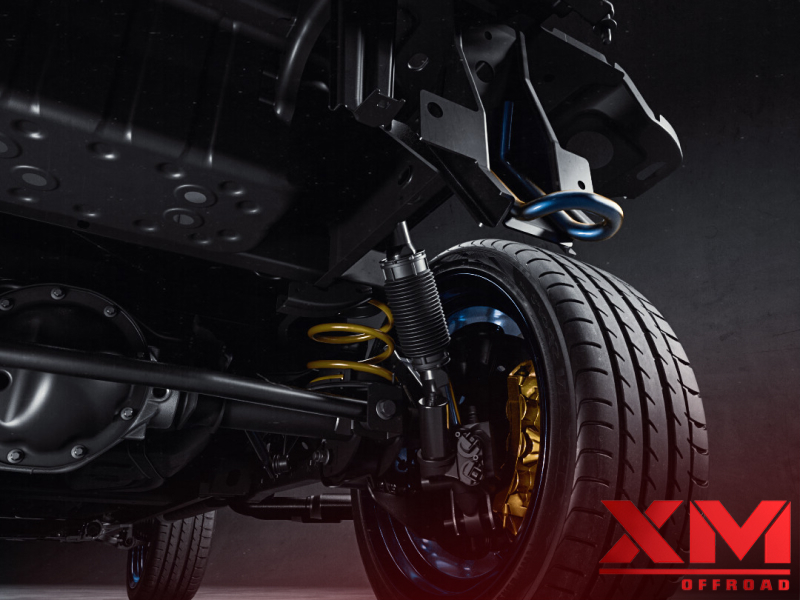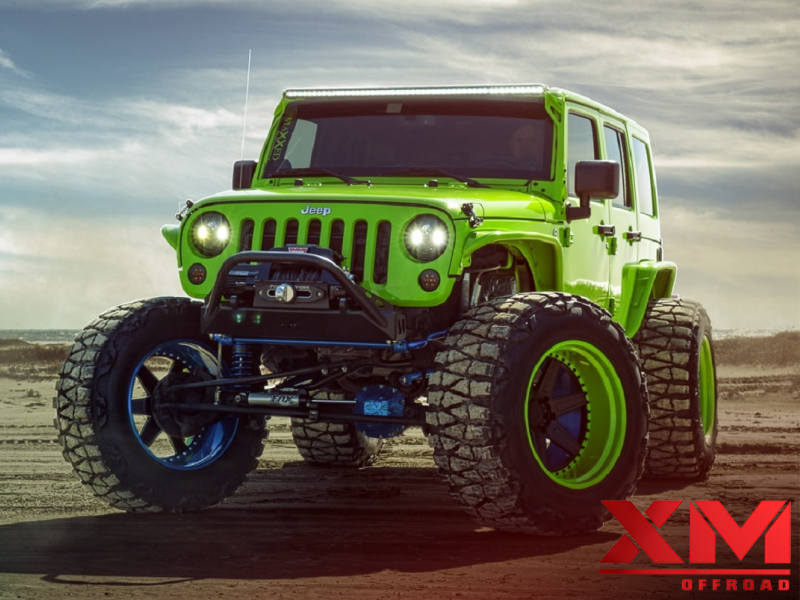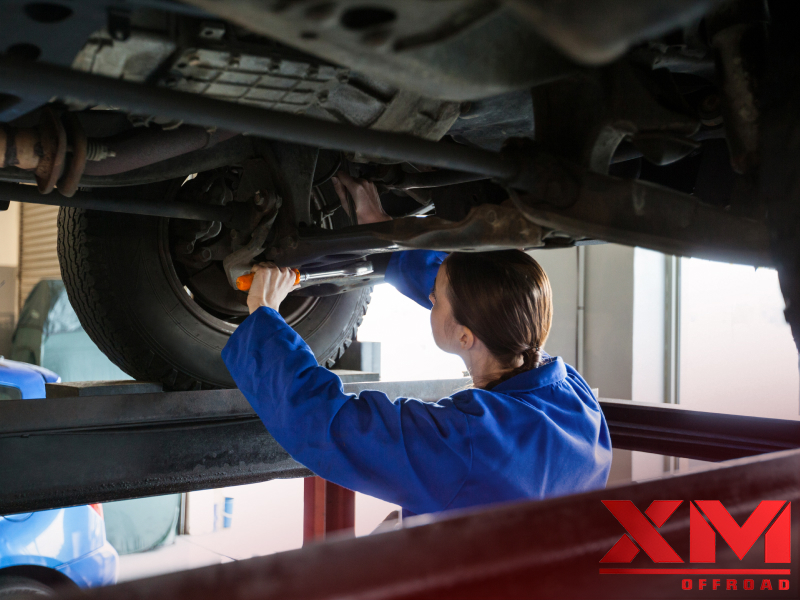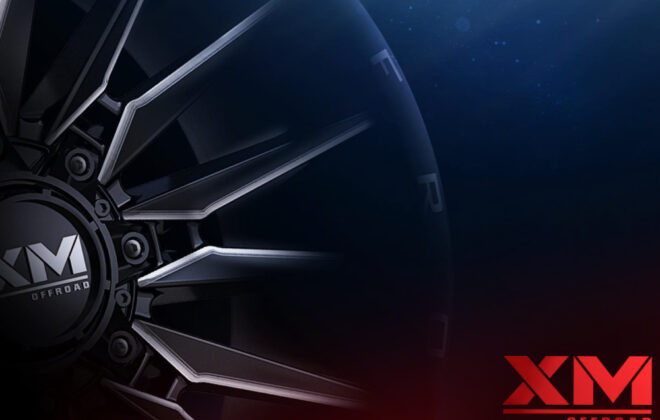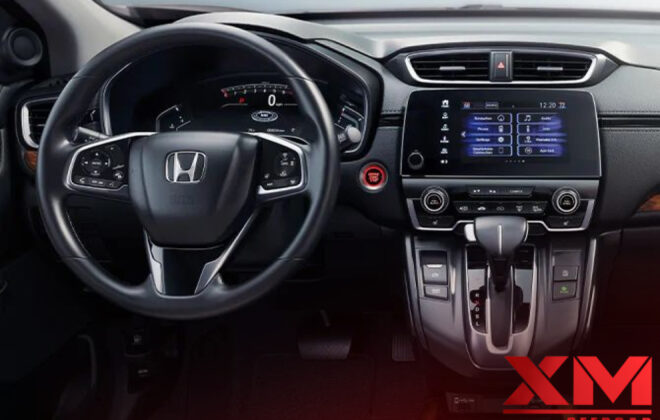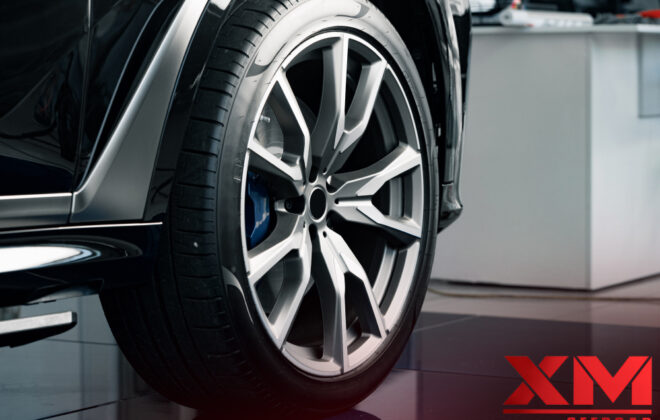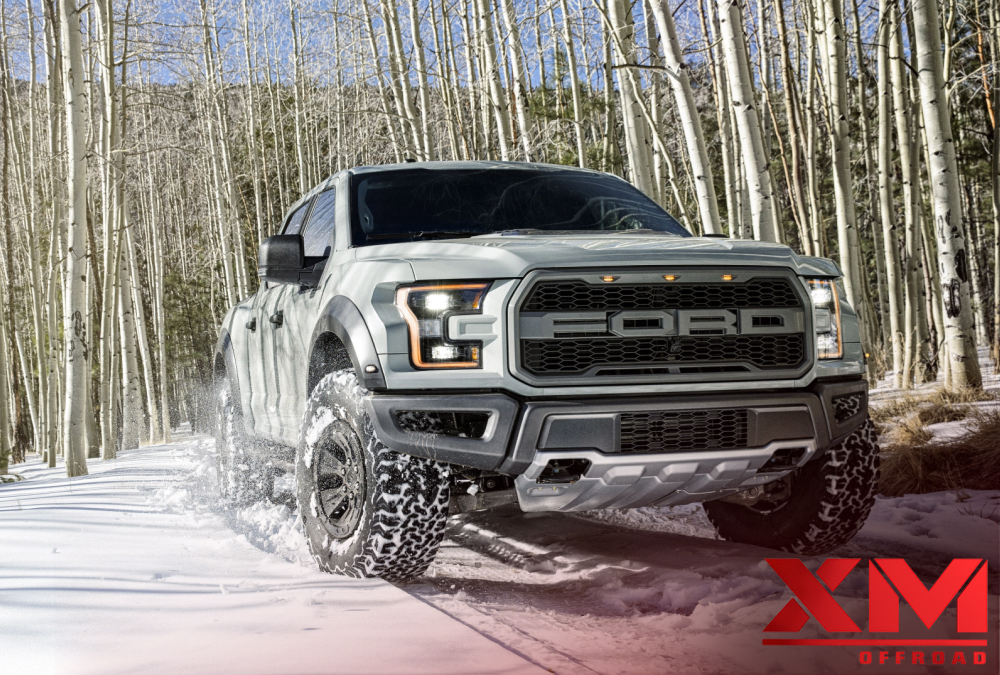
What are the Most Important Off-Road Upgrades and Modifications for Your 4×4
Off-roading is a thrilling and adventurous activity that requires a well-prepared vehicle to tackle the challenges of rough terrains. While most 4×4 vehicles have basic off-road capabilities, several key upgrades and modifications can enhance their performance and reliability. This article will explore the most important off-road upgrades and modifications for your 4×4, providing you with the knowledge to transform your vehicle into a capable off-roading machine.
Suspension System
A robust suspension system is one of the first upgrades to consider for your 4×4. The suspension is critical in handling rough terrains, providing stability, articulation, and ground clearance. Upgrading to a suspension lift kit with stronger springs, high-performance shocks, and larger tires can significantly improve your vehicle’s off-road capabilities. Increased ground clearance allows for better approach and departure angles, minimizing the risk of damaging the undercarriage. A well-tuned suspension system will enhance ride quality, providing a smoother, more controlled off-road experience.
Off-Road Tires
Choosing the right set of off-road wheels and tires is paramount for conquering challenging terrains. 26 inch Off-road wheels tires are designed with aggressive tread patterns, providing better traction on loose surfaces like mud, sand, and rocks. Depending on the terrain you plan to tackle, you can opt for mud-terrain tires, all-terrain tires, or specialized tires like rock crawlers. Additionally, selecting larger tires can increase ground clearance and enhance the vehicle’s overall appearance. However, it’s important to consider potential modifications to the vehicle’s gearing, as larger tires can affect speedometer accuracy and fuel economy.
Skid Plates and Underbody Protection
Off-roading exposes your vehicle’s undercarriage to potential damage from rocks, stumps, and other obstacles. Installing skid plates and underbody protection is crucial to safeguard critical components such as the engine, transmission, fuel tank, and differential. Skid plates are typically made of heavy-duty steel or aluminum and protect against impacts. Upgrading to reinforced bumpers with integrated skid plates can provide added protection and serve as mounting points for recovery equipment, winches, and auxiliary lights.
Recovery Gear
Off-roading can often lead to situations where your vehicle gets stuck or requires assistance. Carrying essential recovery gear ensures that you can tackle these challenges effectively. A recovery kit should include a high-quality winch, snatch straps, D-rings, and shovels. A winch placed on the front or back bumper can aid those in need or pull your car out of difficult situations. Properly rated snatch straps and D-rings are essential for safe vehicle recovery, allowing you to utilize the pulling power of another vehicle or an anchor point. A sturdy shovel is invaluable for digging out stuck tires or creating traction in slippery conditions.
Lighting Upgrades
When venturing off-road, visibility is crucial, especially during nighttime or in low-light conditions. Upgrading your lighting system can greatly enhance safety and visibility. Consider installing auxiliary lights such as LED light bars, spotlights, or fog lights to supplement your vehicle’s factory lighting. LED lights offer several advantages, including a longer lifespan, lower power consumption, and increased brightness. Mounting lights on the front bumper, roof rack, or A-pillars can illuminate the trail ahead, alerting you to potential hazards and obstacles.
Winch
A winch is a valuable recovery tool that can get you out of sticky situations. It consists of a high-strength steel cable wound around a motorized drum. When your 4×4 gets stuck in the mud, sand, or a steep incline, the winch can be attached to an anchor point, and with the help of the motor, it can pull your vehicle to safety. A winch is an essential off-road upgrade that provides peace of mind and can be a lifesaver during off-road adventures. Having a winch on your 4×4 makes you more self-reliant during off-road adventures. Instead of relying on external assistance or waiting for help to arrive, you can recover your vehicle independently.
Off-Road Bumpers
Off-road bumpers offer increased protection to the front and rear of your 4×4. These heavy-duty bumpers are designed to withstand impacts from rocks, branches, and other obstacles you may encounter while off-roading. They often feature integrated recovery points and winch mounts, allowing for easier installation and convenient access to recovery equipment. Many off-road bumpers have built-in provisions for mounting auxiliary lights such as LED light bars, spotlights, or fog lights. These additional lighting options improve visibility during nighttime off-roading, in low-light conditions, or in challenging terrains, allowing the driver to spot obstacles or hazards more easily.
Performance Air Intake
Upgrading your 4×4’s air intake system can improve performance and fuel efficiency. A performance air intake system replaces the stock air filter and intake tube with a high-flow aftermarket component. This modification allows for increased airflow into the engine, resulting in improved throttle response and increased power output. Moreover, a performance air intake can help filter out dirt and debris more effectively, preventing engine damage in off-road environments.
Locking Differentials
Off-roading often requires traversing through uneven terrain and challenging obstacles. Locking differentials are crucial upgrades that provide maximum traction and improve the vehicle’s ability to traverse off-road conditions. Power is equally transmitted to both wheels by locking the differential, guaranteeing that power gets transferred to the other even if one wheel loses traction. This modification is especially beneficial when one wheel is off the ground or tackling loose surfaces like sand or mud.
Rock Sliders
Rock sliders, also known as rocker panel guards, are sturdy metal bars installed along the sides of a 4×4 vehicle. They are a protective barrier, preventing damage to the vehicle’s rocker panels when driving over rocks, boulders, or other obstacles. Rock sliders enhance the structural integrity of the vehicle’s body and provide a safe platform for jacking the vehicle during recovery operations. They can also act as a step, making accessing the roof or loading gear onto the rack easier.
Conclusion
When it comes to off-roading, having the right upgrades and modifications can significantly enhance your 4×4’s capabilities and ensure a safe and enjoyable off-road experience. The eight upgrades and modifications discussed above are essential for any off-roading enthusiast looking to conquer challenging terrains. Remember to choose reputable brands and consult with professionals to ensure these upgrades’ proper installation and compatibility with your specific 4×4 vehicle. So, gear up, embrace the adventure, and confidently hit the off-road trails!
Read Also: First Drive: Discovering the All-New 2024 Jeep Wrangler – Unmatched Comfort and Supreme Capability
FAQs
Q1) Is 4×4 Better than AWD?
Neither of the 2 alternatives is specifically “better” than the other; it relies upon on what you want AWD or four-wheel drive for. AWD and 4WD provide the best handling, but you would want AWD if you ride on uneven roads during harsh weather, while 4WD is good for those who have heavy hauls on the job site or spend time off the pavement.
Q2) Can You Turn 4×4 on and off?
The majority of 4WD systems, however, allow for instantaneous shifts into and out of 4WD at the push of a button. Fully automatic 4WD systems are the most advanced. They automatically shift into and out of 4WD as the system detects the need for more traction.
Q3) Can You Go Fast in 4×4?
The standard AWD and 4WD systems don’t have a mechanically dangerous speed limit that could harm parts or impair performance. The “part-time” or manually driven system, which gives the driver the option of selecting between 2WD and 4WD, is the exception.
Q4) What Top Speed for 4×4 Low?
When using 4 Low, maximum power is sent to all four wheels. This mode is intended for limited purposes, such as off-roading, steep grades, or pulling heavy objections behind you in a trailer. It’s recommended to stay under 15 MPH when driving in 4 Low.

